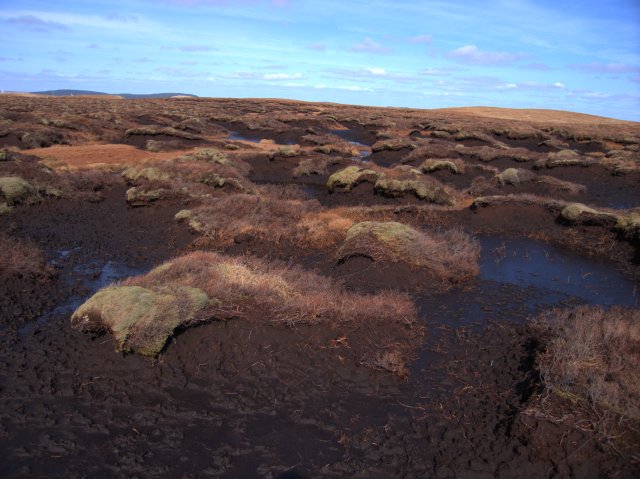
At the beginning of my book The Spellbinding Secret of Avery Buckle, Avery has a horrible feeling she is being followed by something not nice… and it turns out she’s correct! There’s a few baddies in the book, and my ideas for them came from Scottish Folktales.
First up are, the Badoch – the creatures who are following Avery at the beginning of the book. Mab, the witch, describes them like this:
“They’re shapeless beings that can merge together to make themselves more powerful when they’re on the hunt. They come from the Mamores mountain range, north of Kinlochleven. They’re creatures of shadow, nasty things. You had a lucky escape.”
In Scottish folklore there is a character called the Bodach, a little old man, who is thought to foretell the death of members of a clan. My Badoch aren’t like the Bodach at all, but I did pinch the Bodach’s name, swapped a couple of letters, and made it my own. Otherwise the Badoch are pretty much my own invention – snarling shadowy creatures with long claws that try to creep out and grab you. Fortunately you only need to worry about them if you live in Scotland, as they rarely venture south of the border!
In the book, magic is on the wan in Scotland for various reasons, and this is allowing nasty creatures with malicious intent to spread more widely. One of these creatures is the Sluagh. In Scottish folklore, these are the unforgiven dead. I don’t describe them in my book, but in my mind they appear as flocks of winged, goblin-type creatures, with lamp-like eyes, sharp teeth, and claws. They tend to congregate in giant murmurations around rocky outcrops – Black Cuillin on Skye being a favourite haunt.
The Peat Hags are another group of creatures spreading as the magic weakens. Hags are widespread in Scottish folktales but Peat Hags as mythical creatures are entirely my own invention. True peat hags are a type of erosion which occur in peat bogs as a result of a flow of water, or where fire or overgrazing has exposed the peat surface to dry out and blow, or wash away. Peat bogs are special wildlife habitats, and really important carbon sinks, but they are under massive threat. I’m passionate about the environment, and feel very worried about the destruction we humans are wreaking on the earth. When I talk about creatures like the Peat Hags, I am anthropomorphising the awful consequences of our lack of care for natural habitats. Again, I don’t describe my Peat Hags in any detail in the book, but in my mind they are troll-like creatures with enormous yawning mouths. They live in underground burrows, and are generally slovenly, cruel and rude. They wear brown sacking cloaks smeared in leaf-mould, out of which foul-smelling, toxic fungi grow. My Peat Hags come from the peat bogs of the Cairngorms. In the past they were kept under control by traditional practices.
The last baddie to talk about is Bean Nighe, and this is a bit of a trick one to include here really. Here’s the moment Avery and Low meet Bean Nighe properly for the first time:
“As they rounded the corner, who should be standing between the park’s iron gates but the woman in the long brown coat and big brown boots. Lank grey hair trailed down to her waist and she stared out at them with hollow grey eyes.”
Bean Nighe is a Scottish mythical female spirit. Bean Nghe literally translates as ‘washerwoman’ or ‘laundress’, and she is often to be found near rivers or streams. She is regarded as an omen of death and as a messenger from the Otherworld. My Bean Nighe isn’t really a baddie but Avery and Low briefly think she is. I couldn’t help but portray her as fairly miserable looking because, well, wouldn’t you be miserable if you only ever got to give out bad news? In fact, although Bean Nighe is warning them about something about to happen, she also passes on some very important information to Avery and Low. Not all bad then. Most baddies aren’t.






